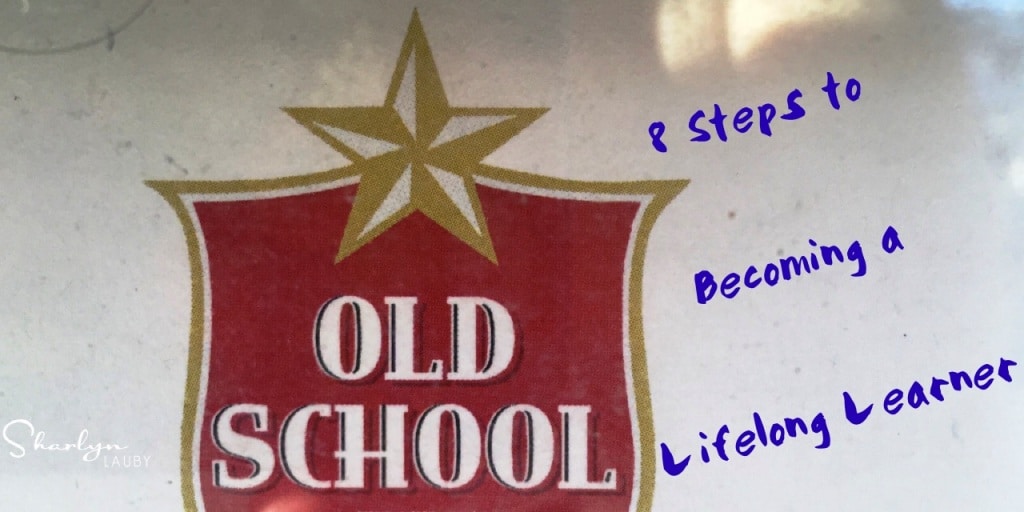8 Steps to Becoming a Lifelong Learner
I know the term lifelong learner has become a little stale. Some people are calling it “self-learning”. Regardless of what you call it, the concept is important. We must continuously learn to remain physically healthy and professionally relevant.
Becoming a lifelong learner takes planning and discipline. I tend to think of it as a practice, similar to mindfulness or an exercise program like Pilates. It’s something I’m constantly working on and getting a little better every day. If you’re trying to create a personal learning practice, here are 8 things to consider:
- Admit how you like to learn. There are three primary ways people learn something – auditory, visual, and kinesthetic. It’s important to know your preferred learning style. And that it might be different at times. For example, when it comes to cooking, I’m a hands-on learner. But if it’s a theory, I prefer auditory or visual.
- Realize there’s a difference between what you want to learn and what you need to learn. This is especially true when it comes to our careers. There may be lots of things we want to know, but what are the new knowledge and skills that will help us accomplish our goals or get us the promotion we want.
- Create a learning bucket list. Speaking of wants and needs, find a process that you’re comfortable with for prioritizing learning. You don’t want to take on too many things at once. It will ultimately impact the thing you’re learning at the moment. Create your own list of skills that you want to learn.
- Look for learning buddies. IMHO, over half of learning is enjoying the experience. There’s no rule that says self-learning must be done alone. Lifelong learners might find an occasional group meeting to share stories is helpful and valuable to the process.
- Discover new and fun ways to learn things. Today’s technology allows us to learn in ways we could have never imagined. I just discovered that, if I wanted to take a cooking class with famous “shouty” Chef Gordon Ramsay, I can. Or I can learn how to code using Apple’s Swift Playgrounds app. Learning doesn’t have to be boring.
- Connect with good sources for learning opportunities. The second thing that technology brings to the learning space is new sources. The good news is there are lots of smart, talented people we can learn from. The hard part is sifting through all of the noise to find them. Maybe our learning buddies (#4) can help.
- Schedule time for learning. Block off time on your calendar for learning. I do not have to tell anyone what will happen if you postpone learning to when you have nothing else to do. Make learning a priority and it will happen. So, schedule an appointment with yourself to learn. You deserve it.
- Regularly reflect on your takeaways. Learning should have a purpose. When you decided that you wanted to learn something, there was a reason. Reflect on your learning experience. Ask yourself, “Am I getting out of the learning experience what I hoped?” And if necessary, make adjustments.
Your age and position have nothing to do with being a lifelong learner. We will never know it all. The best way to manage learning is by developing a personal process of learning because you’re going to be doing it for a long time.
Image captured by Sharlyn Lauby after attending the Great Place to Work Conference in Austin, TX
1